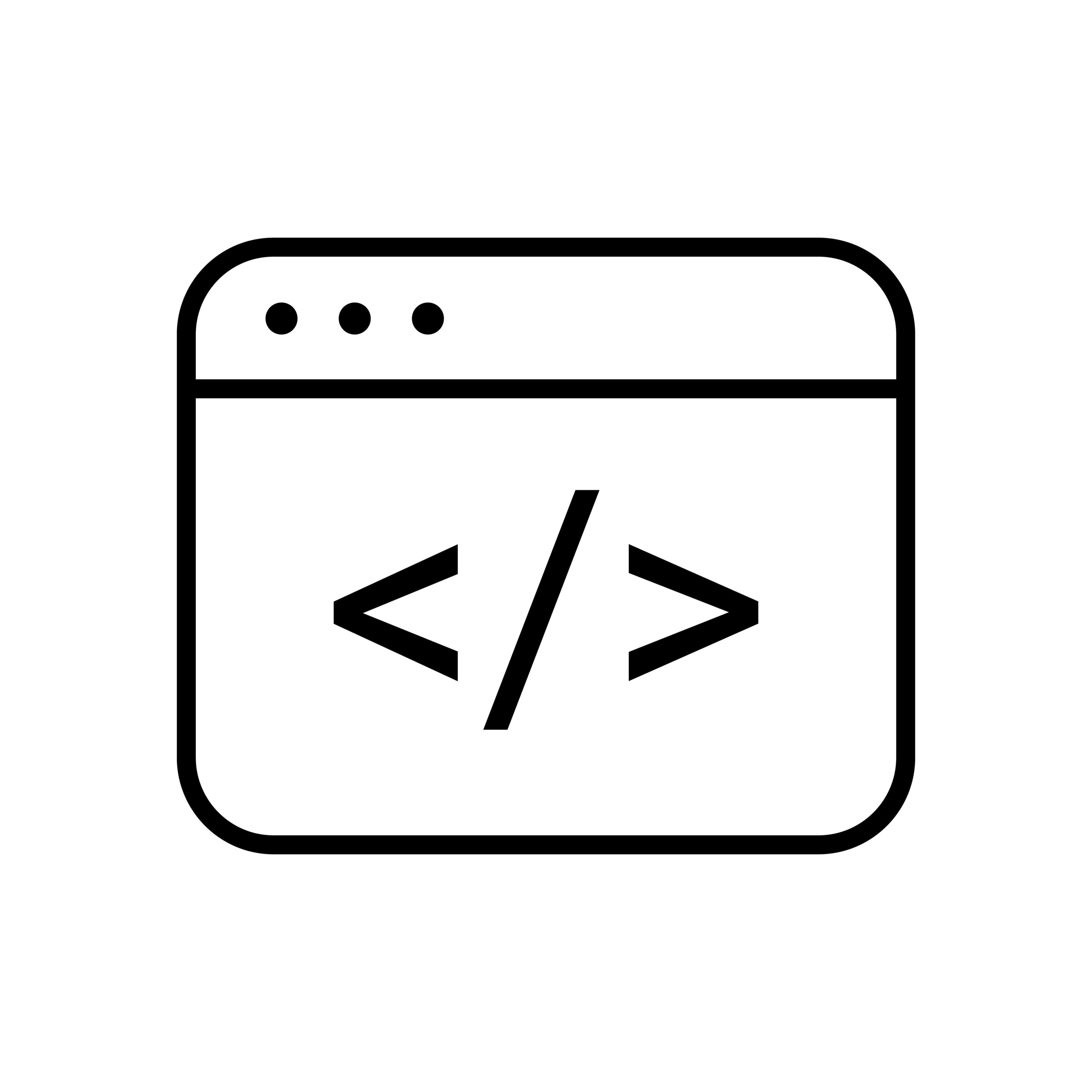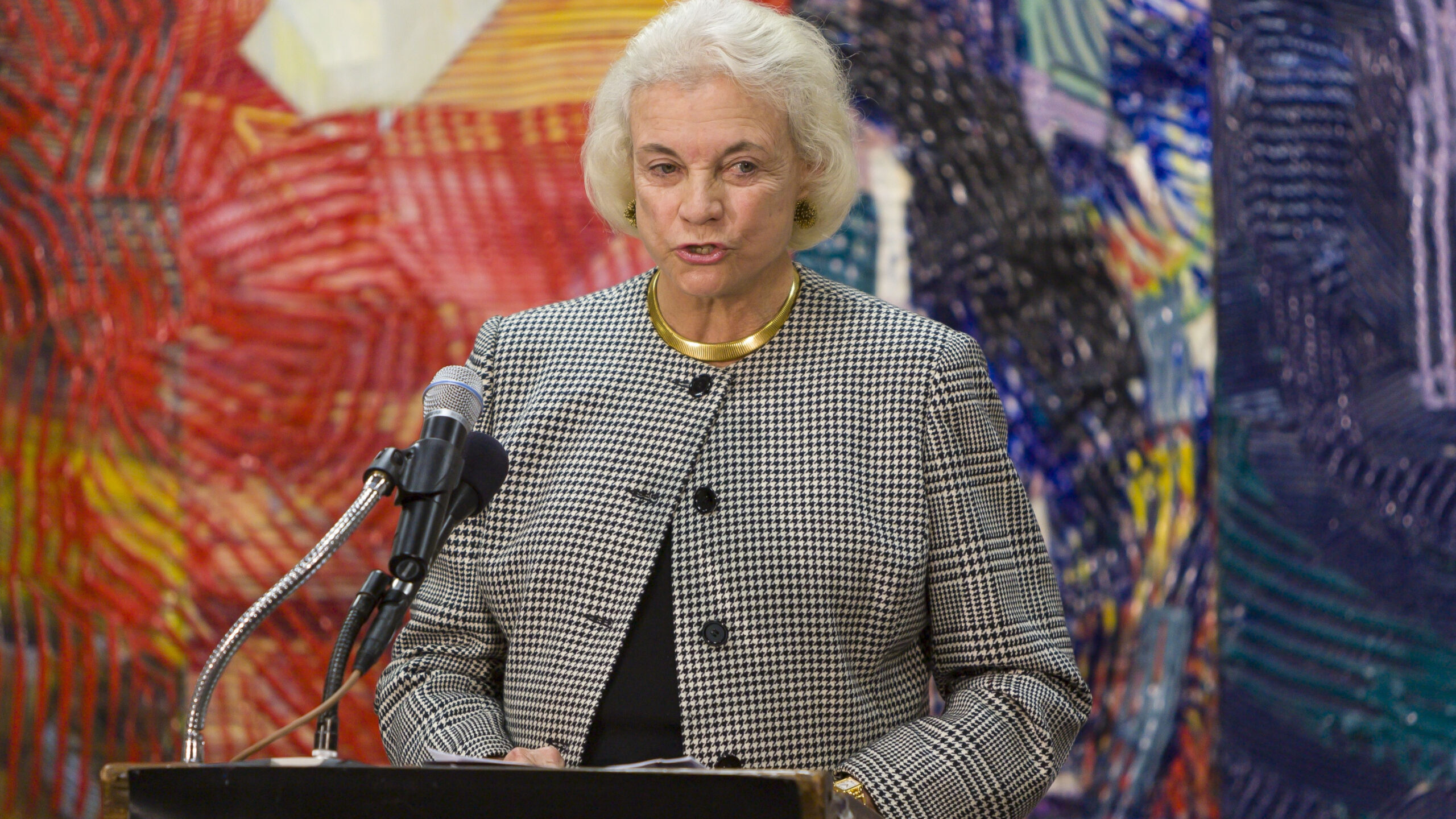Ninth Circuit Affirms the Server Test in Hunley v. Instagram

Yesterday, the U.S. Court of Appeals for the Ninth Circuit in Hunley v. Instagram affirmed the “server rule,” under which a website that embeds content from another website does not directly infringe the exclusive right to display that content under 17 U.S.C. § 106(5). The Ninth Circuit’s decision relied on a straightforward application of its own precedent, but it provides a preview of future litigation in this area.
Embedding is a basic Internet technology that allows one website to incorporate content hosted on another website. The Ninth Circuit established the server rule for embedding in 2007 in Perfect 10 v. Amazon.com. (The server test is discussed in more detail here.) The Perfect 10 court observed that as a technical matter, an embedded image was transmitted to the user’s computer from the server on which the “hosting” website was stored, not the “embedding” website. The Copyright Act specifies that to “‘display’ a work means to show a copy of it.” The Perfect 10 court interpreted this to mean that to infringe the public display right in an image, the alleged infringer first had to store a copy of the image. With embedding the image is never stored on the embedding website; accordingly, the embedding website cannot “display” the image within the meaning of the Act. Rather, the hosting website is displaying the image. For direct liability under the server rule, what matters is the server from which the image is transmitted to the user, not the website which refers the user to that server.
The Ninth Circuit’s server rule was embraced by other courts and widely accepted by website publishers and users. Reflecting the Internet’s interconnected nature, the server rule permitted embedding without the fear of copyright infringement liability, which contributed to the dramatic growth of social media.
Conversely, district court judges in the Southern District of New York began to question the server rule. In particular, they disagreed with the Ninth Circuit’s interpretation that a website could not infringe the display right unless the allegedly infringing image was stored on that website. In Hunley, two photographers invited the Ninth Circuit to revisit the server rule. The Hunley plaintiffs made three arguments: 1) the court in Perfect 10 misinterpreted the display right when it adopted the server rule; 2) the server rule should be applied only to search engines (the context of the Perfect 10 decision), not social media; and 3) the server rule is inconsistent with the Supreme Court’s decision in American Broadcasting Companies v. Aereo.
The Ninth Circuit panel in Hunley made quick work of the first two arguments. It found no flaws in the statutory analysis in Perfect 10, and it noted that other Ninth Circuit panels had already applied the server rule in contexts beyond search engines. The panel stressed that in any event, the server rule could only be overturned by the Ninth Circuit sitting en banc.
The panel took the arguments regarding Aereo more seriously. In Aereo, the Supreme Court ruled that an equipment provider that enabled users to stream broadcast television over the Internet infringed the public performance right. The Court found that even though the individual user selected which programs would be recorded and transmitted to the user by the Aereo equipment, Aereo nonetheless performed the broadcasts for purposes of direct copyright liability. Here, Hunley identified similarities between the performance and display rights; in particular, they both could be infringed by transmission. The Ninth Circuit panel, however, found fundamental differences in the definitions of the two rights sufficient to distinguish Aereo.
Moreover, the panel noted that the Ninth Circuit had interpreted Aereo as leaving intact its volitional conduct requirement. Under this requirement, websites that copied infringing content (i.e., hosting websites) infringed directly, but websites that merely provided access to that content (i.e., embedding websites) did not infringe directly. See here for a more detailed discussion of making sense of the volitional conduct requirement after Aereo.
Hunley also pointed to Aereo’s statement that “it is the practical, functional perspective of the public viewer, and not hyper technicalities, that must determine whether a particular mode of content or delivery system is infringing or not.” In other words, because users perceive the same image whether a website copies the image on its own server or embeds the image from a website hosted on another server, embedding the image should constitute direct infringement. The Ninth Circuit panel responded that it was “reluctant to read too much” in Aereo’s discussion of user perception.
The Court commented on user perception to point out the similarities between Aereo and traditional cable companies. These similarities mattered because the 1976 Copyright Amendments specifically targeted cable broadcasts. But the Court did not rely on user perception alone to determine whether Aereo performed. The Court has not converted user perception into a separate and independent rule of decision.
Further, the panel pointed to earlier Ninth Circuit decisions finding consistency between Perfect 10 and the Supreme Court’s decision in N.Y. Times v. Tasini, where the Court alluded to user perception as relevant to whether an article in an electronic database was reproduced and distributed as part of a collective work. (It should be noted that Justice Stevens’ recently released papers indicate that Justice Ginsburg originally included a much stronger statement about user perception in her opinion in Tasini, which she weakened in response to Justice O’Connor’s concern that it would be misinterpreted.)
While the panel successfully refuted Hunley’s assertions about the inconsistency between Aereo and the server rule, the panel overlooked one critical factual difference between the two. One can question the Supreme Court’s conclusion that Aereo “performed” the broadcasts for the purpose of establishing direct infringement liability, but there is no question that the Aereo equipment received the broadcasts, recorded them for varying lengths of time, and provided users with the means of retrieving the recording. In other words, the broadcasts indisputably transited Aereo’s service. In contrast, the allegedly infringing images never transit the embedding website; they flow directly from the hosting website to the user’s computer. Unlike Aereo, the embedding website has no direct contact with the images; it never touches them. This reinforces the panel’s finding that embedding does not satisfy the volitional conduct requirement.
Hunley might attempt to dismiss this factual distinction between Aereo and embedding on the grounds that it is “hyper technical” and irrelevant from the user perspective. But ignoring who is doing what could lead to a collapse of the distinction between direct and secondary liability. If I have a restaurant next to an outdoor bar with live music, and I create outdoor seating so that my patrons can enjoy the music, surely I am not directly liable for publicly performing the music without authorization, even if my patrons can hear the music as well as the bar’s patrons can.
If the Second Circuit itself rejects the server rule as have district courts within the Circuit, this issue likely will be addressed by the Supreme Court because of the circuit split. Hopefully the Court will conclude that Aereo does not preclude adoption of the server rule.







